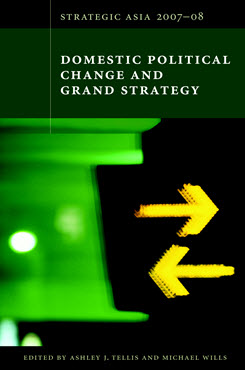Asian Security Architectures
This chapter examines the current status and possible evolution of Asian efforts to develop cooperative multilateral approaches to regional security.
EXECUTIVE SUMMARY
This chapter examines the current status and possible evolution of Asian efforts to develop cooperative multilateral approaches to regional security.
MAIN ARGUMENT
- Asian states participate in a complex array of multilateral, bilateral, and unilateral mechanisms to advance their security interests. Despite the recent growth in multilateral processes, most states still focus the majority of their bureaucratic and fiscal resources on bilateral and unilateral military approaches.
- Asia’s current political and strategic circumstances preclude the possibility of applying a strongly institutionalized European approach to the construction of a regional security architecture.
- Palpable mistrust among the major powers and divergent views as to the nature and character of the key threats the region faces block efforts to make any meaningful change to regional security policy.
POLICY IMPLICATIONS
- The most significant barriers to the creation of a more effective regional security architecture are the entrenched sense of mistrust and suspicion among the major powers and divergent conceptions of the nature and character of security threats.
- The recent growth in multilateralism reflects a clear demand for more cooperative approaches to regional security. The U.S. has an opportunity to capitalize on this interest in ways that can advance its interests.
- The U.S. will not be well served over the medium to longer term by maintaining the bilateral military structure of its presence in Asia.
- Asia’s proliferation of regional institutions and multilateral processes hinder effective policy cooperation. States attempting to construct a regional architecture would best be mindful of this problem and either reform existing institutions or find a better division of labor among existing entities.
Strategic Asia
The Strategic Asia annual edited volume incorporates assessments of economic, political, and military trends and focuses on the strategies that drive policy in the region. Learn more about Strategic Asia.


